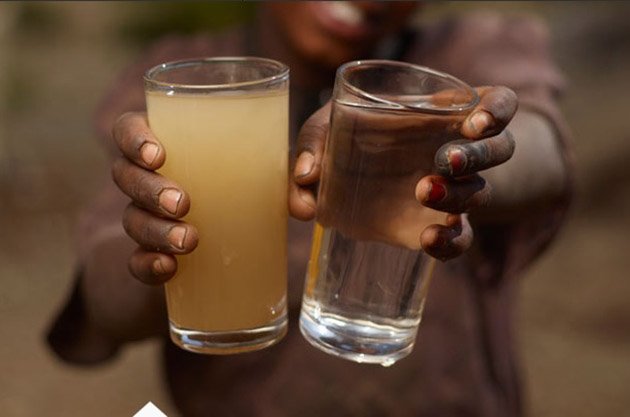Simple But Powerful Advice On How To Treat Hiker’s Diarrhea

When diarrhea strikes in the backcountry and there’s no porcelain for 20 miles, the proper response can save your trip.
Darkness fell and an angry wind gnawed at my tent like a mad dog. I was camped high in Wyoming’s Wind River Range, so the lashing air was to be expected. But what caught me by surprise was the gastrointestinal storm erupting behind my belly button.
In an attempt to limit exposure of my bare bottom to the ice-toothed wind, I had predug half a dozen catholes within dashing distance of the tent. Over and over through the long night, I repeated the same scenario: out of the bag, rush, squat, dash back.
Technically defined by Taber’s Cyclopedic Medical Dictionary as “frequent passage of unformed watery bowel movements,” diarrhea has laid low much of humanity-kings and common men, women and children-for at least as long as historians have recorded such trivia. It killed nearly as many soldiers in the Civil War as guns and swords did. In developing countries today, acute diarrhea strikes more than 1 billion people a year, leaving more than 5 million dead in its wake.
…………..
In North America’s wildernesses, most diarrheal illnesses have traditionally been the result of waterborne germs deposited by wildlife. Humans, however, are increasingly responsible for making other humans sick in the backcountry with the germs they transport either in their bodies or in their food. The protozoan Giardia lamblia heads the list of waterborne agents that cause the runs, and it invades the guts of wilderness travelers often enough to be dubbed “backpacker’s diarrhea.” But typically only long-distance trekkers become afflicted in the field; it takes one to three weeks (an average of nine days) after swallowing the little bugs before symptoms show up. Among the most unpleasant of non-invasive diarrheas, giardiasis results in loose and foul-smelling stool, cramps, rotten-egg burps, and a loss of energy, appetite, and weight. Treatment usually involves antibiotics.
…………..
UP CLOSE AND PERSONAL
Whatever the causative agent, all diarrheal illnesses have one thing in common, and that’s the departure of fluid from the hindmost orifice, sometimes up to 25 liters in 24 hours in severe cases. And it’s not just water your body loses. An impressive amount of electrolytes (potassium and sodium) can be lost as well.
That’s why the single most important step in treating a diarrheal illness in the field is to replace lost water. Your best choices are clear liquids, including water, broth, herbal tea, and clearish fruit juice. If the illness continues and dehydration threatens, you’ll grow weaker, experience bouts of lightheadedness and dizziness, and require additional electrolytes. It’s a smart move to pack Oral Rehydration Salts in your first-aid kit, just in case. …………..
………….
Other keys to prevention involve proper food handling and camp hygiene. Be sure to carry foods that last a long time before spoiling. Also, eat everything in your pot. The bacteria that grow in leftovers will be killed by reheating the food, but the diarrhea-causing toxins produced by the bacteria are virtually unaffected by heat. Always wash your hands with soap and water after each bowel movement and before preparing food……………
More Interesting Articles:
Read the full article here: Click Here
Article source: Backpacker
Image source: Anything Brilliant










